The Grocer’s 2017 Top Products Survey, THE definitive guide to the current state of the UK’s grocery industry
Last year Toblerone, this year Tangfastics. Chocolate manufacturers have been at it for a while, but Haribo became the first sweet giant to go in for a little shrinkflation, with popular packs reduced in size without cutting prices, as we revealed in September.
It blamed financial pressures including the cost of raw materials and the slump in sterling for its decision, and it wasn’t the only sweet brand facing Brexit-driven inflation this year.
Average prices for branded sweets are up 2.2%, with “the exchange rate and other rising costs” a big factor behind the rise, says Mark Roberts, trade marketing manager at Perfetti Van Melle, whose brands include Mentos, Fruittella and Chupa Chups. “We’ve also seen a decline in promotions with a greater focus on everyday low prices.”
Higher prices have helped sweeten the general outlook for candy - with sales up £4.1m (+0.4%) compared with a £18.5m loss last year - but brands fell by another £2.5m on volumes down 2.5% as shoppers switched to cheaper own label, and volumes fell 1.3%. Sales of gum, where average prices are up 6.8%, have also slumped by another £10.3m.
Data Box
Top 20 Sugar Confectionery Sales
All this comes as the sugar debate continues to weigh down on sales, with mounting focus on the issue by policymakers making consumers more worried than ever about unhealthy habits. “Consumer habits are changing and they are more conscious about what they eat and the amount of sugar they consume,” says Ana Baptista, head of corporate media relations at Nestlé.
However, it’s not all as bleak as it seems, says Roberts. “While we see singles within candy and gum decline ahead of the market, we also see growth within bags and bottles, and more recently we are seeing strong growth within sugar-free and sugar-reduced products in all formats.”
Fruittella, which launched its first sugar-free and reduced-sugar lines in January (see Top Launch below), has seen sales surge by £2.1m (15%) on volumes up 6.2% over the past year. The new SKUs, which are naturally sweetened with stevia, mean Perfetti Van Melle now has sugar-free offerings across Mentos, Chupa Chups, Fruittella and Smint.
Werther’s Original, which first launched sugar-free packs in 2009, has also enjoyed strong growth - with sales rising £1.2m (6.4%) on volumes up 3.7%.
“Werther’s is one of the success stories with a strong sales performance ahead of the category,” says Andy Mutton, sales director for owner Storck UK. “This comes from our consistent £4m annual investment in TV advertising, our comprehensive range and, for those who are looking to reduce their sugar intake, our sugar-free offering.”
But low-sugar innovation wasn’t enough to boost the fortunes of Nestlé’s Rowntree’s brand, which lost another £4.2m (5.3%) on volumes down 6.3% despite rolling out 30%-less-sugar variants of its Fruit Pastilles and Randoms.

Maynards Bassetts was dealt an even bigger blow, with sales down an eyewatering £5.9m (-4.8%) on volumes down 6.2%. The Mondelez-owned brand expanded its range with new Wine Gums Tangy and Jelly Babies Tropical - but has yet to jump on the sugar-free bandwagon. “Consumers know our confectionery products contain sugar and are occasional treats,” says a spokeswoman for Mondelez, who points out the brand offers portionable products, recloseable packaging and clear nutritional information.
Haribo, which rolled out Tangfastics Stixx (rsp: 30p/34g) alongside small bags of its Starmix Hearts and Rings (rsp: 30p/38g) last June, also believes the best way for sweet brands to meet the health agenda is to “support portion control options” and provide clear nutritional guidance, says a spokeswoman.
Smaller packs and resealable pouches are also increasingly appealing to Brits looking to save cash. Werther’s Original and Wrigley’s brands Skittles and Starburst report strong growth from their price-marked packs, while sharing bags are performing well as Brits cut back on spending.
“The ‘big night in’ trend has grown massively during the last few years,” says Russell Tanner, category and marketing director at Tangerine Confectionery. “The growth of seasonal confectionery, including sharing formats, is connected to this trend.”
Swizzels is an example of one brand driving particularly strong growth through the pouches format, says Nielsen, with sales of Drumstick alone up by £13.6m (87.4%). It is also benefiting from what Tanner dubs the “kidulting” trend, with adults looking to re-live their childhood with retro candies.
Generally, fruity confectionery is growing ahead of the market, says Dan Newell, confections marketing manager for Wrigley, who notes limited editions and single flavours are also a “growing trend”.
Within fruity confectionery there has been a shift away from pastilles towards “softer gummies and chews”, adds Tanner, who claims Tangerine’s Softies range has gone from “strength to strength” since its 2015 launch.
For mints brands, growth is mostly coming from format innovation, with Nestlé enjoying an uplift in Polo sales after pouring the brand into bottles, and Perfetti Van Melle reporting “fantastic growth” of its tins containing XXL Smints.
Mondelez has also rolled Trebor Softmints and its 2016 NPD Mighties into pots to “encourage customers to trade up by offering them the opportunity to enjoy great-tasting mints in more places and on more occasions,” says the spokeswoman. Meanwhile, Tic Tac is enjoying growth from its new Mint Rush flavour, although a 10.9% hike in average prices has hit overall sales.
Pots are also helping improve the outlook for gum, which is looking up after a “challenging 12 months” says Newell. “Bottle formats are seeing increasing success, with the trend towards snacking at work and eating and drinking on the go being key to their performance” he adds.
Rival Mentos, meanwhile, has identified a growing opportunity for fruity-flavoured gum, after finding that 70% of 13 to 17-year-olds chew gum, favouring fruity flavours. The brand, which launched Mentos White Bubble Fresh gum earlier this year, defied the wider slump with growth of 9.5%.
Further innovation will be crucial if confectionery brands are to keep their heads above water in 2018. And reduced sugar will be a priority for many.
TOP LAUNCH
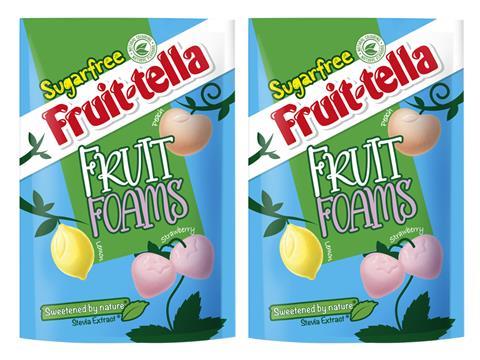
Sugarfree Fruit Foams by Fruittella
Sweetened by stevia and other natural sugar alternatives, these fruity chews were part of Fruittella’s first sugar-less lines - aimed at the 92% of shoppers actively trying to reduce their sugar intake, according to the brand’s owner, Perfetti Van Melle. Containing 181 calories per 100g, the mixed-flavour Fruit Foams arrived at the very beginning of 2017 alongside a Fruit Gums variant. Both come in blue packaging, rather than the brand’s customary pink, because blue is “a colour associated with sugar-free products in the fmcg market”.
The Grocer Top Products Survey 2017: Up!
- 1
- 2
- 3
- 4
- 5
- 6
- 7
- 8
- 9
- 10
- 11
- 12
- 13
- 14
- 15
- 16
- 17
- 18
- 19
- 20
- 21
- 22
- 23
- 24
- 25
- 26
- 27
- 28
- 29
- 30
- 31
- 32
- 33
- 34
- 35
- 36
- 37
- 38
 Currently reading
Currently readingSugar confectionery: rising prices take edge off candy's crush
- 39
- 40
- 41
- 42
- 43
- 44
- 45
- 46
- 47
- 48
- 49
- 50



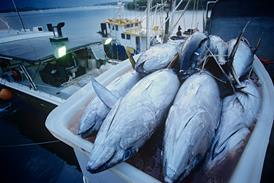
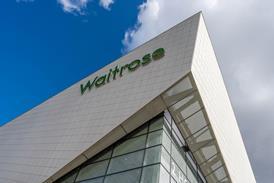



















































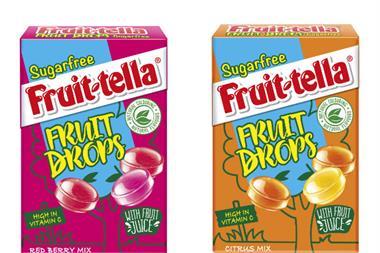
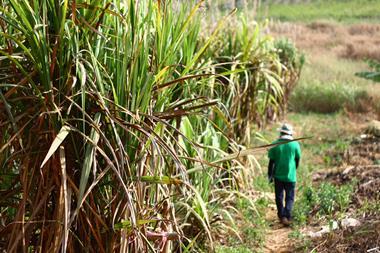
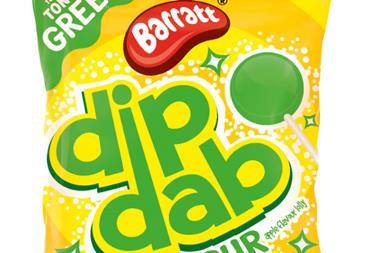
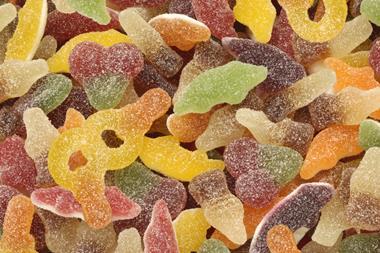
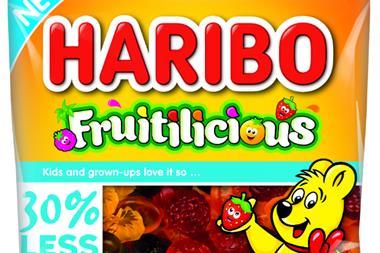


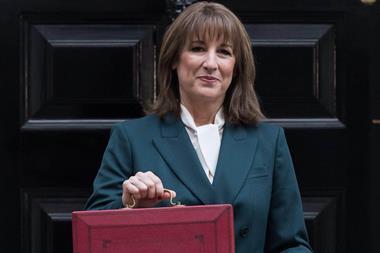
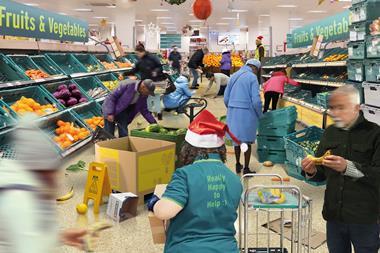
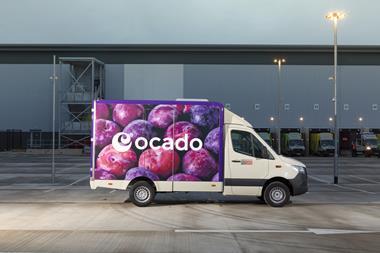

No comments yet